Search
Search Results
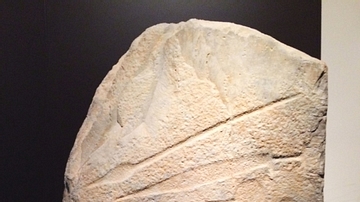
Image
Warrior Stela from Bronze Age Iberia
This stela is from Solana de Cabañas (Cabañas del Castillo, Cáceres), Spain and dates from the Late Bronze Age. It is made of slate, and it was unearthed in the late 19th century CE. This was the first specimen to be discovered in a series...

Image
Stela of Hernán Pérez VI from Bronze Age Iberia
This granite stela dates from the Early or Middle Bronze Age. It was discovered in Cáceres, Spain. (Museo Arqueológico Nacional, Madrid)
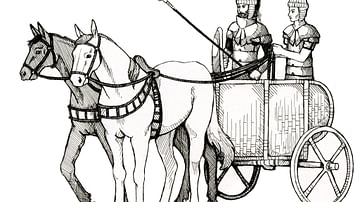
Image
Bronze Age Greek chariot (From the Novel "The Jericho River")
An illustration by Maia Kobabe showing a Bronze Age Greek chariot.
From the novel The Jericho River by David Tollen.
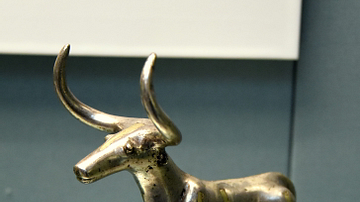
Image
Bronze Age Silver Bull, Turkey
The gold inlay can be seen on the shoulders, sides, and haunch. The animal stands on a copper stand. Perhaps, it was part of a canopy pole of a rich burial. Probably from Alaca Huyuk, Central Turkey. Early Bronze Age, about 2300 BCE. (The...
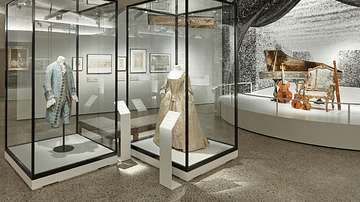
Image
Baroque, Age of Contrasts Exhibition in Zürich
A photograph showing a section of the 2022-23 exhibition Baroque, Age of Contrasts in the Swiss National Museum, Zürich.
©Swiss National Museum (used with permission)
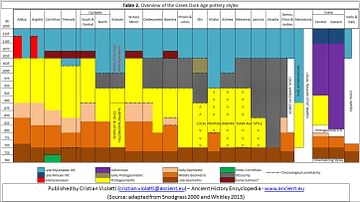
Image
Table 2 - Overview of the Greek Dark Age pottery styles
Overview of the different pottery styles found in Greece between 1050 BC to 700 BC.
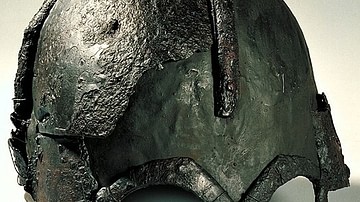
Image
Viking Age Helmet
The Viking Age helmet pictured here is known as the Gjermundbu helmet, named after the farm it was found at near Haugsbygd, Norway, in 1943 CE. It was located inside a Viking Age burial chamber. Although at the time of discovery it was in...
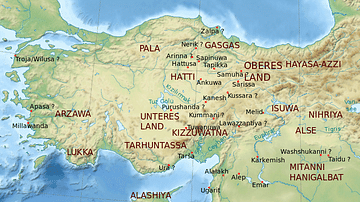
Image
Bronze Age Anatolia
A map of Bronze Age Anatolia. Indicated in the northeast is the Hayasa-Azzi confederation, an indigenous Bronze Age tribal confederation which flourished on the plateau of ancient Armenia and Turkey between c. 1500 and c. 1200 BCE.
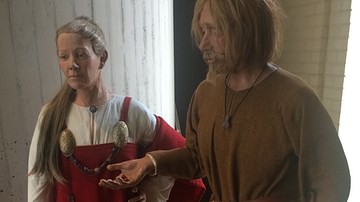
Image
Viking Age Clothing
Reconstructions of Viking Age clothing as found on display at the Archaeological Museum in Stavanger, Norway. The woman is wearing a white shift or underdress, a red overdress (hangerock or smokkr) and two characteristically Viking oval brooches...
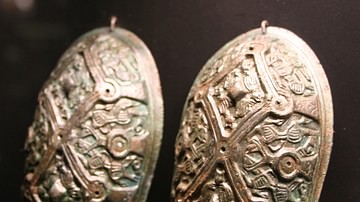
Image
Viking Age Oval Brooches from Hedeby
Two Viking Age oval brooches - also known as tortoise brooches - which were used in a practical way by women to pin up the straps of their overdresses but were often decorated. They came in pairs - one for each dress strap - and are often...